
How to Get CPSIA Certified?
If you are selling children's products on Amazon US, understanding and complying with all regulations can feel complex and overwhelming. Perhaps you've received warnings about your product, or you're unclear about how to get Amazon CPC Certification. Most of these questions can be resolved by understanding the Consumer Product Safety Improvement Act (CPSIA).
What is CPSIA?
The Consumer Product Safety Improvement Act (CPSIA), enacted in 2008, ensures that products sold to children aged 12 and under meet strict safety standards. CPSIA sets limits on harmful substances like lead and phthalates and requires third-party testing. It applies to toys, jewelry, books, art materials, and any other products designed for children.
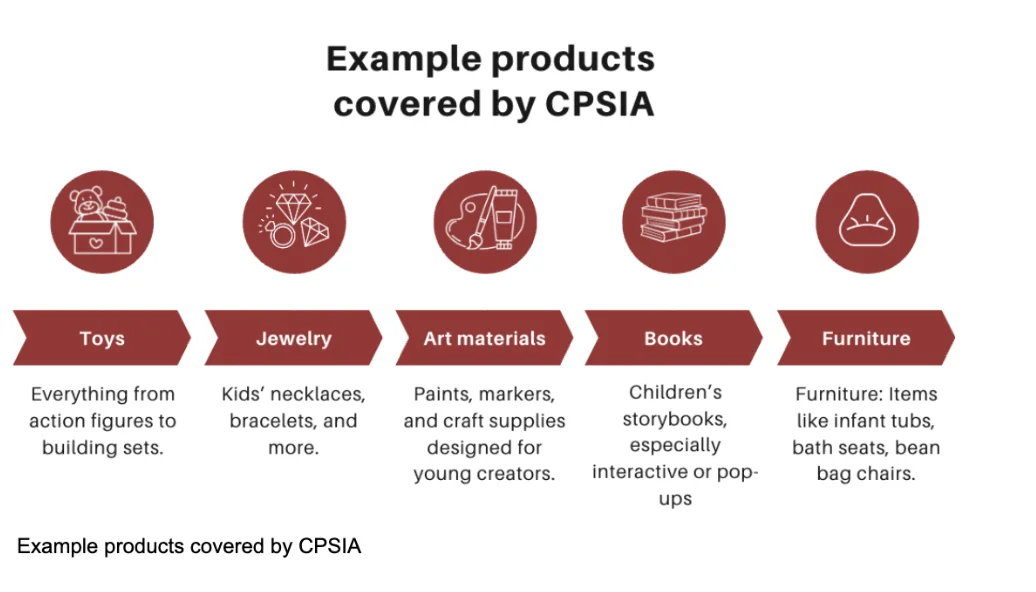
How to Get CPSIA Certified?
1. Use a Third-Party Laboratory for Testing
Children's products must undergo CPSIA compliance testing by a CPSC-certified third-party lab (e.g., China JJR Lab). Tests include flammability, hazardous substances, and mechanical hazards.
2. Obtain a Children's Product Certificate (CPC)
After CPSIA testing, the manufacturer or importer must issue a CPC, certifying that the product complies with all safety standards. This certificate must accompany every shipment and be available for inspection.
3. Include CPSIA Warning Labels
CPSIA requires products to have warning labels, such as choking hazards for small parts. These labels must be clear and comply with CPSIA standards.
4. Affix CPSIA Tracking Labels
CPSIA tracking labels must be permanently attached to both the product and its packaging. These labels should include manufacturing details, batch numbers, and dates to facilitate traceability.
Why Does Amazon Require CPSIA Compliance?
Amazon requires sellers to demonstrate that their products comply with CPSIA standards to ensure the safety of children's products sold on its platform. This protects customers and reduces the platform's liability.
Failure to comply with CPSIA requirements may result in:
1. Product removal from listings.
2. Suspension or permanent prohibition of selling rights.
3. High-risk categorization for non-compliant products.
How to Determine If Your Product Needs CPSIA Certification?
CPSIA applies to products primarily intended for children aged 12 and under. Use these criteria to determine applicability:
1. Manufacturer's Statement: The product packaging or label specifies suitability for children.
2. Marketing: Advertising or display indicates the product is designed for children.
3. Consumer Perception: General consumers view the product as a children's item.
4. Actual Use: Even if not designed for children, if frequently used by them, the product may fall under CPSIA.
Common CPSIA-Covered Products:
- Toys: Plush animals, building blocks.
- Children's Jewelry: Bracelets, necklaces.
- Art Supplies: Paints, crayons, craft kits.
- Books: Interactive children’s books with pop-ups or textures.
- Children’s Furniture: Chairs, play tables.
What is CPC Certification?
CPC (Children's Product Certificate) is a key document proving that your product complies with CPSIA. It must be issued after testing by a CPSC-approved laboratory (e.g., China JJR Lab). This certificate ensures your product meets Amazon's requirements.
Steps to Obtain CPC Certification:
1. Send your product for testing at a CPSC-approved lab.
2. Gather the testing reports and compliance documentation.
3. Upload the CPC to your Amazon Seller Central account.
cpc certification costs
CPC certification typically costs between $800 and $1600, depending on the material type and testing requirements.
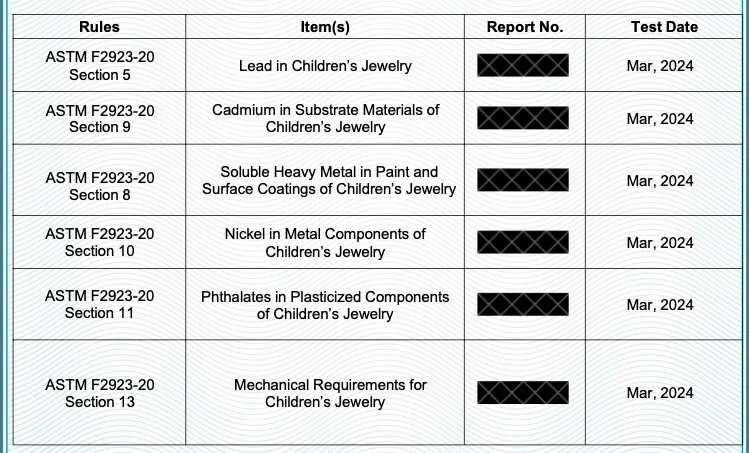
Services Offered by China JJR Lab
- CPSIA Testing: Comprehensive testing for chemical safety, flammability, mechanical hazards, etc.
- Warning Label Support: Ensuring labels comply with CPSIA standards.
- Tracking Label Services: Assistance in designing and affixing compliant labels.
- Logistics Compliance: Avoiding customs holds or delays due to non-compliance.
With professional services from JJR Lab, you can quickly and confidently obtain CPC certification, ensuring your products are ready for sale on Amazon.
Email:hello@jjrlab.com
Write your message here and send it to us
 ASTM D4169 Drop Test
ASTM D4169 Drop Test
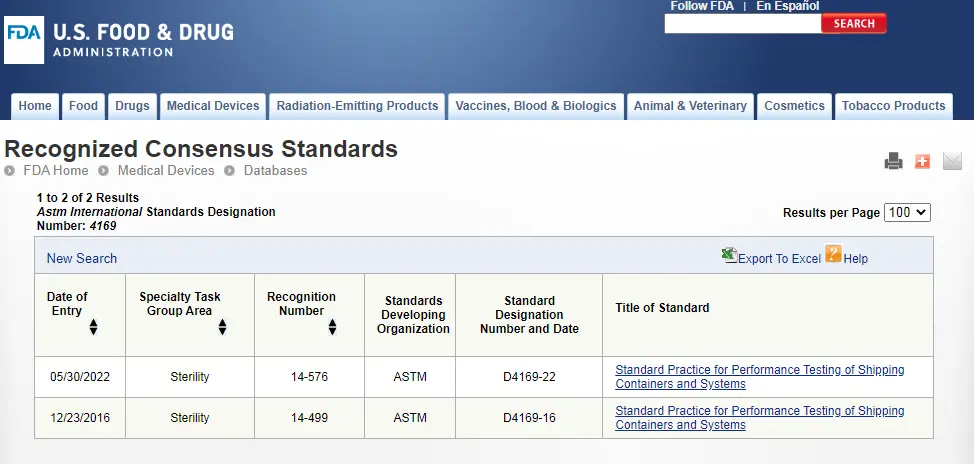 ASTM D4169 Packaging Simulation Transportation Tes
ASTM D4169 Packaging Simulation Transportation Tes
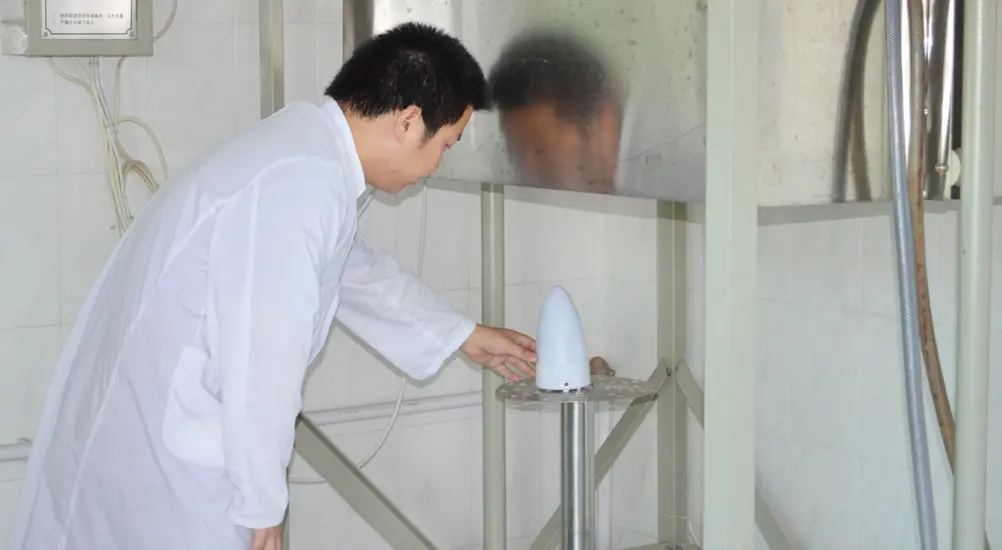 What is ASTM D4169 Testing?
What is ASTM D4169 Testing?
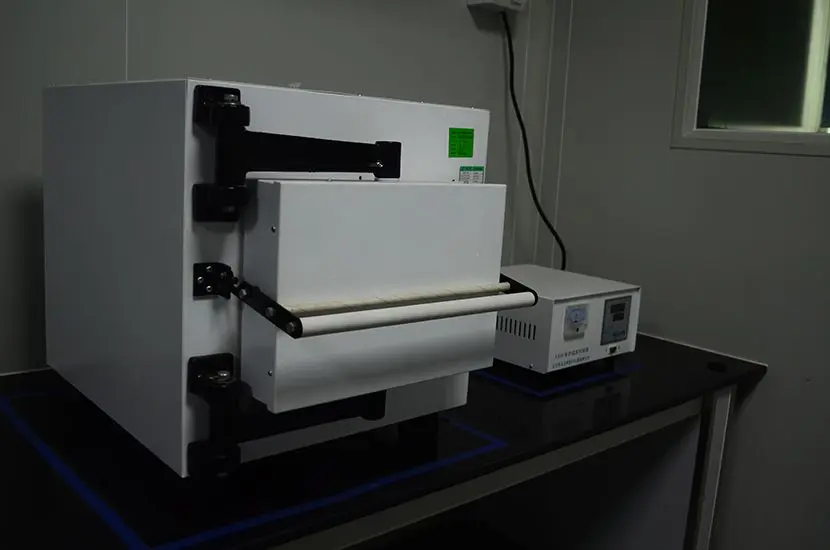 ASTM D4169-23 Test Standard Revision
ASTM D4169-23 Test Standard Revision
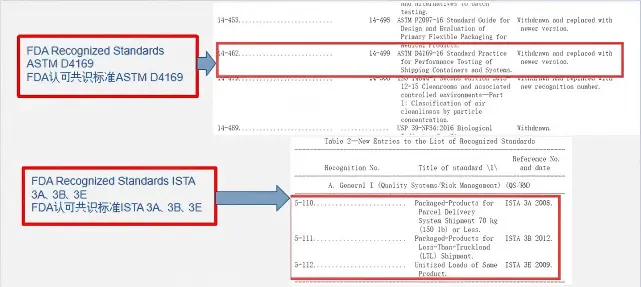 Transport Simulation Testing for Medical Device Pa
Transport Simulation Testing for Medical Device Pa
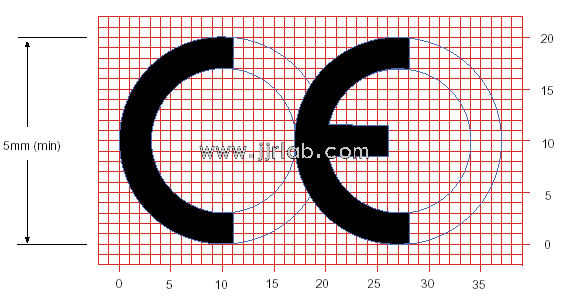 EU CE Certification Guidelines for Lighting Fixtur
EU CE Certification Guidelines for Lighting Fixtur
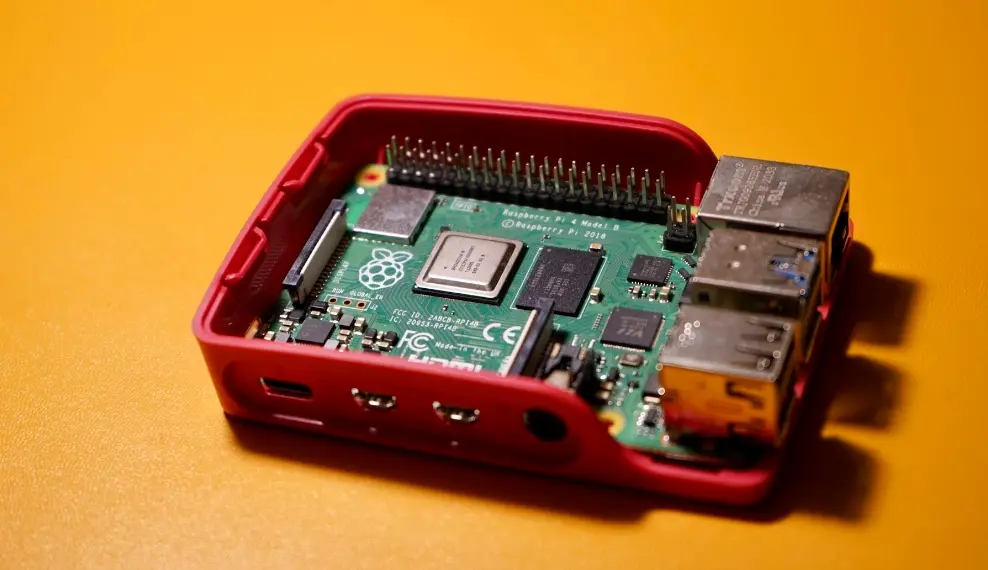 Lithium Battery Export: CB Certification & IEC
Lithium Battery Export: CB Certification & IEC
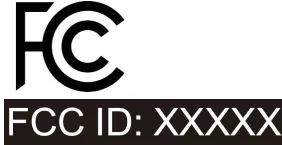 How to Apply for One FCC Certificate for Multiple
How to Apply for One FCC Certificate for Multiple
Leave us a message
24-hour online customer service at any time to respond, so that you worry!




